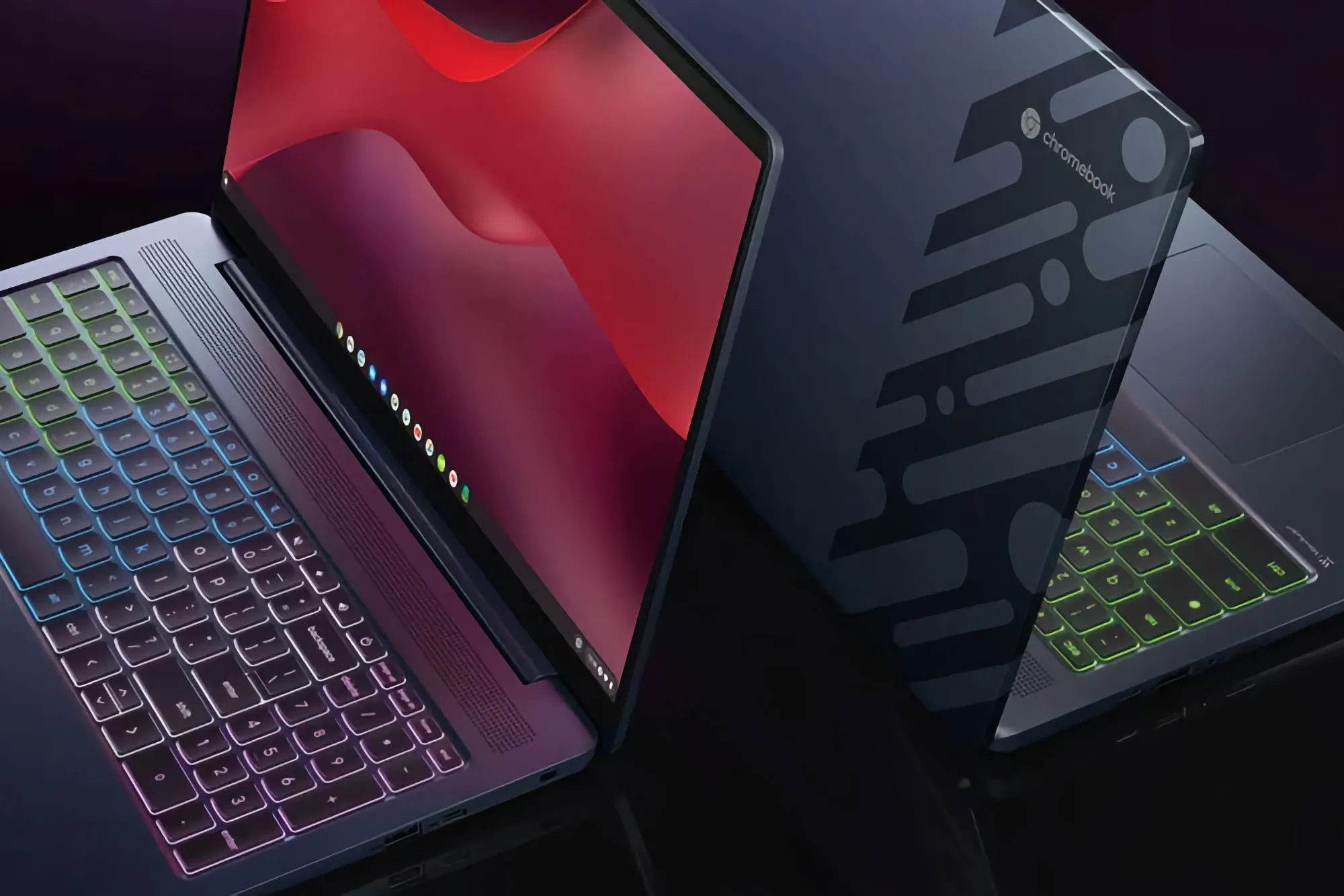The Chromebook revolution has transformed personal computing by offering affordable, secure, and lightweight devices that handle most everyday computing tasks with ease.
However, one area where Chromebooks traditionally struggled involves resource-intensive creative applications like 3D modeling and animation software.
The rise of cloud-based rendering infrastructure is changing this equation, potentially making professional 3D content creation accessible even on modest Chromebook hardware.
Understanding the Chromebook Limitation Challenge
Chromebooks excel at web-based tasks, document editing, and media consumption, but 3D rendering represents one of computing’s most demanding workloads.
Blender, the powerful open-source 3D creation suite, typically requires substantial processing power, dedicated graphics cards, and significant RAM—specifications that entry-level and mid-range Chromebooks simply don’t possess.
Traditional 3D workflows involve creating models and scenes on local machines, then rendering final outputs using that same hardware.
This approach requires expensive workstations with high-end processors and graphics cards, putting professional 3D creation financially out of reach for students, hobbyists, and budget-conscious creators who rely on Chromebooks for their computing needs.
The Cloud Rendering Solution
A blender render farm fundamentally changes this equation by separating the creation and rendering phases of 3D production. Instead of requiring local hardware to process final renders, artists upload their Blender projects to remote servers that handle the computationally intensive rendering workload.
This distributed approach means the local device only needs sufficient power for modeling and scene setup—tasks that modern Chromebooks can increasingly handle.
Cloud rendering platforms provide access to industrial-scale computing power through simple web interfaces, eliminating the need for expensive local hardware.
Users pay only for actual rendering time consumed, making professional-quality output accessible at costs aligned with hobbyist and student budgets.
Running Blender on Chromebooks: Current Options
Several approaches exist for Chromebook users wanting to work with Blender, each with distinct advantages and limitations.
- Linux Container Support: Modern Chromebooks with Linux (Beta) capability can run native Linux applications, including Blender. This approach provides full Blender functionality directly on the Chromebook, though performance varies significantly based on the device’s specifications. Higher-end Chromebooks with Intel i5 or i7 processors and 8GB+ RAM can handle modeling and scene setup reasonably well, though local rendering remains impractically slow.
- Web-Based Blender: Experimental web versions of Blender compiled to WebAssembly allow running Blender directly in Chrome browsers without installation. While still limited in performance compared to native applications, this approach demonstrates the feasibility of browser-based 3D creation workflows that could mature significantly in coming years.
- Remote Desktop Solutions: Services like Chrome Remote Desktop enable accessing powerful desktop computers remotely from Chromebooks. Users can run Blender on a home workstation or cloud virtual machine, controlling it through their Chromebook. This approach provides full Blender capability while maintaining Chromebook portability and convenience.
- Android Blender Apps: Some Chromebooks support Android applications, and while full Blender isn’t available for Android, simplified 3D modeling apps provide entry points for learning fundamental 3D concepts before transitioning to more capable workflows.
Workflow Integration with Cloud Rendering
The most practical approach for serious Chromebook-based 3D creation involves combining local modeling capabilities with cloud rendering infrastructure. This hybrid workflow leverages each platform’s strengths while minimizing limitations.
Artists create models, set up scenes, and configure materials using Blender running in a Linux container on their Chromebook. For projects requiring significant rendering time, they export their work and submit it to a blender render farm through web-based interfaces accessible from any browser.
The cloud platform handles intensive rendering using powerful servers, then delivers finished frames back to the user for download.
This separation of concerns allows Chromebook users to participate fully in 3D content creation without requiring hardware investments that would negate the cost advantages that made Chromebooks attractive initially.
Performance Considerations and Optimization
Chromebook users working with Blender must optimize their workflows to accommodate hardware limitations. Scene complexity should remain reasonable, with polygon counts and texture resolutions appropriate for modeling and preview rather than final rendering.
Artists can use simplified proxy geometry during scene setup, replacing it with detailed models only when submitting to cloud rendering services.
Viewport performance optimization techniques become crucial, including disabling real-time shadows and reflections during modeling, using simplified material previews, and working with scene layers to reduce visible geometry.
These approaches maintain interactive performance on modest hardware while preparing projects that will render beautifully when submitted to professional rendering infrastructure.
Educational Opportunities and Accessibility
The combination of free Blender software, affordable Chromebooks, and pay-as-you-go cloud rendering creates unprecedented accessibility for 3D education and skill development.
Students can learn professional 3D creation techniques without expensive hardware investments, schools can provide 3D curriculum using existing Chromebook deployments, and aspiring artists can build portfolios demonstrating professional-quality work created on budget-conscious hardware.
This accessibility has particular significance for underserved communities and developing regions where expensive workstations remain financially unrealistic.
By decoupling learning and creation from rendering infrastructure costs, more diverse voices can participate in creative industries traditionally dominated by those with access to expensive technology.
Cost Analysis for Chromebook-Based Workflows
The economics of Chromebook plus cloud rendering compare favorably against traditional workstation approaches for many use cases. A capable Chromebook costs $300-$600, while workstations powerful enough for professional rendering start around $2,000-$3,000.
For students or hobbyists producing occasional projects, the hardware savings alone justify cloud rendering costs for years of use.
Even for more active creators, rendering costs remain manageable. A typical short animation might cost $20-$100 to render professionally, depending on complexity and quality requirements.
Producing several projects monthly would still cost less annually than financing expensive rendering hardware, while providing access to cutting-edge processors and GPUs that local investments couldn’t match.
Limitations and Realistic Expectations
Despite these possibilities, important limitations remain. Complex scenes with millions of polygons may struggle even for modeling on Chromebook hardware.
Real-time animation preview remains challenging without powerful graphics cards. Local test rendering for iterative work proves impractical, requiring artists to optimize scenes carefully before committing to cloud rendering costs.
Additionally, reliable internet connectivity becomes essential when depending on cloud services. Users in areas with limited bandwidth or data caps may find uploading large projects prohibitive.
File transfer times for complex scenes with numerous high-resolution textures can extend to hours on slower connections.
Future Outlook: WebGPU and Cloud Evolution
Emerging web technologies promise to further improve Chromebook viability for 3D work. WebGPU API standardization will enable more efficient graphics performance in browsers, potentially making web-based 3D applications competitive with native software. Progressive Web Apps (PWAs) could deliver Blender-like functionality without installation requirements.
Simultaneously, cloud rendering platforms continue improving accessibility through better web interfaces, faster upload mechanisms, and more competitive pricing.
The convergence of improving Chromebook hardware, maturing web standards, and evolving cloud infrastructure suggests increasingly practical workflows for budget-conscious 3D creators.
Practical Getting Started Guide
Chromebook users interested in exploring 3D creation with cloud rendering should begin by enabling Linux support on compatible Chromebooks, installing Blender through Linux terminal commands, completing beginner tutorials to learn fundamentals, and creating simple projects to understand workflow and limitations.
When ready to produce finished work, research blender render farm services that offer new user credits or free trials, test the submission and rendering process with a simple project, and gradually increase project complexity as comfort with the workflow develops.
Community and Resources
The Blender community actively supports diverse users across platforms, with forums and Discord channels providing assistance for Chromebook-specific challenges.
YouTube tutorials address Linux installation on Chrome OS, optimization techniques for low-spec hardware, and workflows integrating cloud rendering services. This community support proves invaluable for overcoming initial setup challenges and learning efficient workflows.
Conclusion
While Chromebooks will never match dedicated workstations for raw 3D rendering performance, the combination of Linux Blender support and Blender render farm services creates viable pathways for budget-conscious creators to produce professional-quality 3D content.
This approach democratizes access to creative tools, enabling students, hobbyists, and aspiring professionals to develop valuable skills and build impressive portfolios without prohibitive hardware investments.
The key lies in understanding workflow constraints, optimizing scene complexity appropriately, and leveraging cloud rendering strategically for final output quality.
As web technologies mature and cloud services improve, Chromebook-based 3D creation workflows will only become more practical and powerful, expanding creative opportunities for users who choose affordable, portable computing platforms.



